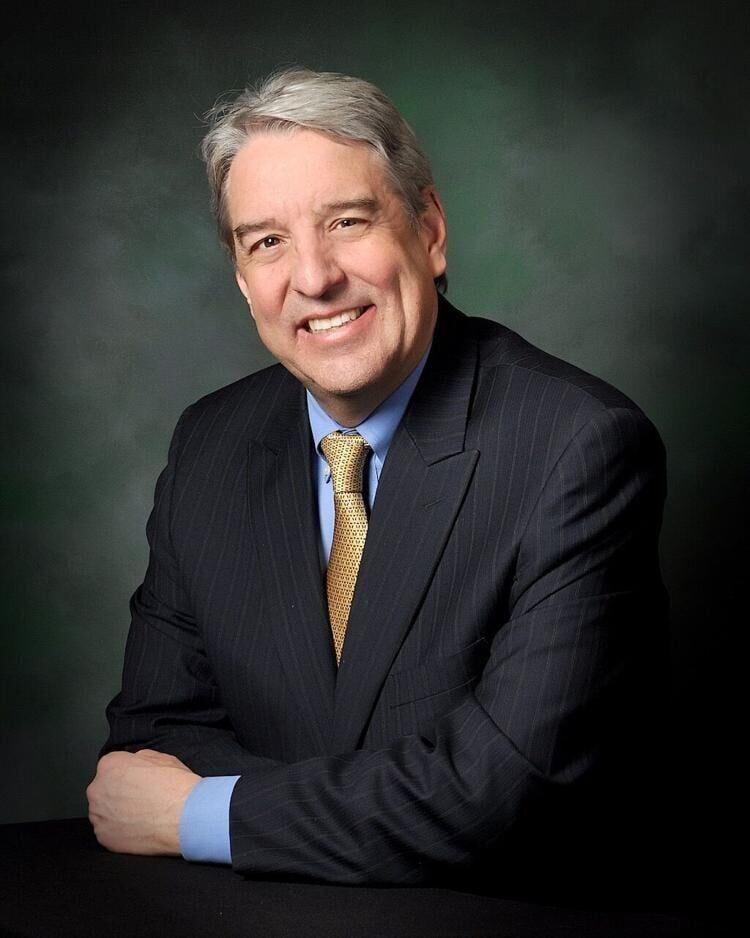What if we could improve mobility without adding more lanes?
Anyone who travels on highways in the Front Range knows that congestion is a major problem along the front range and that it is getting worse.
The traditional solution, expanding the highway to relieve congestion, is unaffordable and ineffective. The Colorado Department of Transportation has said it needs an additional $1 billion per year to maintain and expand the existing highway network, but the department’s main source of revenue, motor fuel taxes, actually is losing value because of inflation. The high cost of highway expansion makes it difficult to add lanes in a time of declining funding.
Even if Colorado does find significant new revenue for transportation (which I strongly support), added lanes alone would not untangle Front Range congestion. Multiple studies show that while increasing highway capacity might temporarily reduce congestion, in the long run it only encourages more people to drive until congestion returns to high levels.
One compelling example is the $1.67 billion Transportation Expansion Project, commonly called T-REX, which expanded Interstate 25 and added transit service parallel to the highway through southeast metro Denver. The project started in 2001, finished in 2006, but just four years later – in 2009 – congestion had returned to the level experienced before construction began. The accompanying rail line provides a fast, uncongested trip for many travelers, but the highway expansion had no long-term benefit in reduced congestion according to CDOT’s congestion measurements.
What if there was a way to increase mobility on existing roads, and improve transit and other options, without having to expand the highways? This sounds like magic, but it really just requires a smart approach to using market forces to optimize the use of our existing highway lanes.
The idea actually is very simple: Convert existing highway lanes into high-occupancy toll (HOT) lanes. This relatively low-cost alternative can increase the number of people using a roadway and ensure a congestion-free travel option. The change takes less time to implement than adding entirely new lanes, and certainly costs far less money. Benefits can be maximized by using the revenue generated by the tolls to invest in improved access to transit, expanding and upgrading biking and walking infrastructure, and additional alternatives such as carpools and vanpools.
Conversion of existing lanes to managed lanes, along with aggressive promotion of alternatives to driving alone, can benefit all types of travelers and give them more choices, without increasing congestion in the remaining general purpose lanes, all at much lower cost than trying to expand the highway.
Ironically, a top candidate for such a lane conversion is I-25 through the T-REX area because of the severe congestion along with no realistic options to further expand the highway. SWEEP recently analyzed this section of I-25 and found that there could be significant benefits from converting one lane in each direction to a HOT lane, then investing the revenue in transit passes and connections to transit particularly for the first and final miles of popular commuter routes. This win-win approach would give drivers access to HOT lanes where congestion would be greatly reduced. It further would allow more people to use additional, affordable, effective and efficient transit instead of driving. Meanwhile, traffic in the remaining “free” lanes would be no worse than before the changes.
This method optimizes the use of the existing highway, and will give travelers new options that will save them time, whether they choose to pay a toll when they are in a rush, or take the train because there are now better first- and final-mile connections to the transit stations.
This approach should appeal across the political spectrum. For conservatives, the plan minimizes expenditures of tax money and uses market forces to manage congestion. For those on the left, this approach also would increase transit use, avoid environmental impacts and give low-income commuters better access to transit. In a world of extremely limited transportation funds, it should appeal to officials trying to manage limited budgets by make the best use of existing infrastructure.
Maybe it is time to try something new.











